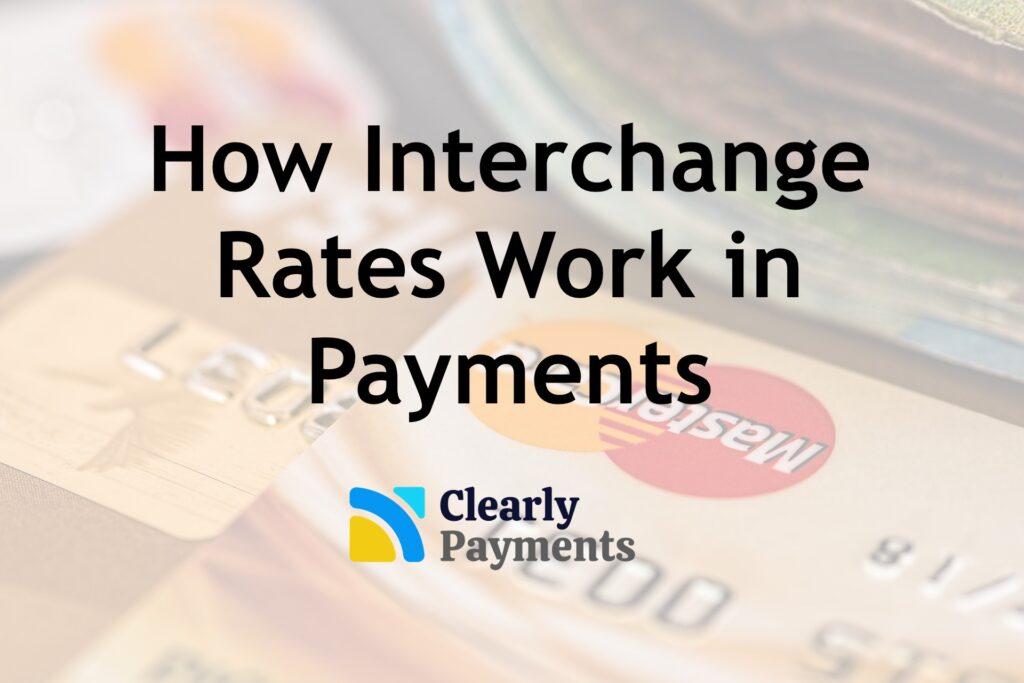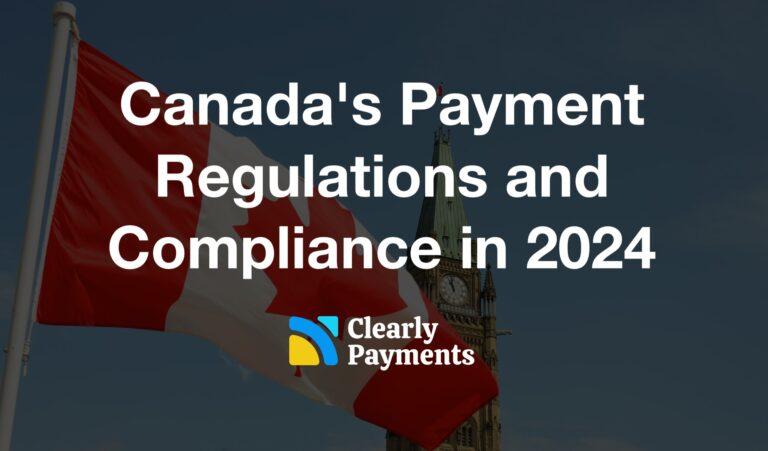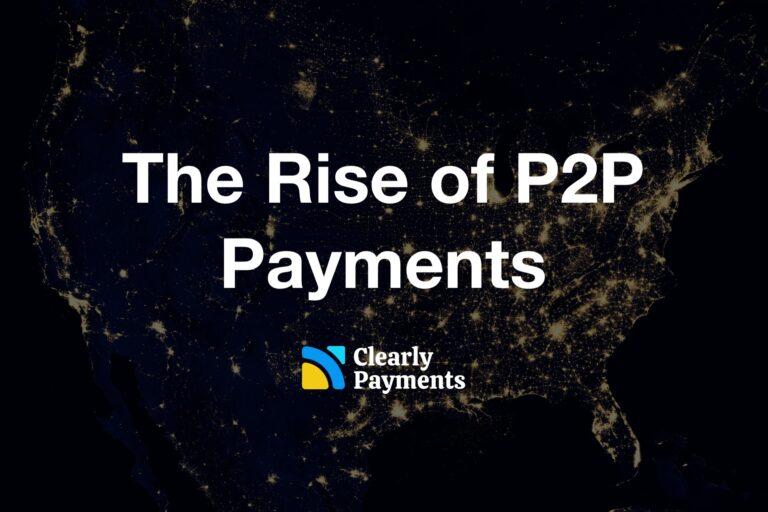Interchange fees, also known as swipe fees, are charges that merchants pay when a customer uses a credit card to make a purchase. Sometime interchange rates also apply to debit cards, in particular Visa Debit Cards. Interchange fees are primarily a percentage of the total transaction amount and they are paid to the issuing bank of the credit card being used and to the payment processors.
The purpose of interchange fees is to cover the costs associated with processing and approving a card transaction, including costs related to fraud prevention and chargebacks. If you’re looking for a background on the payments industry, check out our Overview of the Credit Card Processing and Payments Industry.
History of interchange rates
The history of interchange fees in payments can be traced back to the 1950s when the first credit cards were introduced. At that time, banks and other financial institutions began charging merchants a fee for accepting credit card payments in order to cover the costs of processing and approving transactions.
In the beginning, the fees were relatively low and were not widely contested. However, as the use of credit and debit cards grew, so did the rates charged by the card networks and issuing banks. By the 1980s and 1990s, interchange fees had become a significant expense for merchants, particularly for those with high sales volumes or low profit margins.
In response, some merchants began to push back against the fees, arguing that they were too high and that they were being unfairly passed on to consumers. In the late 1990s and early 2000s, a number of lawsuits were filed against the card networks and issuing banks, alleging that they were engaging in anticompetitive practices and charging excessive fees.
In response to these legal challenges and growing public concern, some governments and regulatory bodies began to take action. For example, in the European Union, interchange fees for debit card transactions were capped at 0.2% in 2002 and credit card transactions were capped at 0.3% in 2015. In the USA, the Federal Reserve proposed capping the interchange fees on debit card transactions at 12 cents in 2011, but the rule was later struck down by the courts.
Who defines the rates of interchange fees
The fees are set by the card networks such as Visa, Mastercard, American Express and rates are typically higher for premium cards like rewards or corporate cards. For example, a merchant might pay a 1.5% interchange fee for a standard credit card transaction, but a 3% fee for a rewards credit card transaction.
In some countries, there have been efforts to regulate interchange fees and limit the amount that merchants must pay. For example, in the European Union, interchange fees for debit card transactions are capped at 0.2% and those for credit card transactions are capped at 0.3%.
Despite these regulatory efforts, interchange fees remain a contentious issue. Critics argue that they are still too high and that they are an unnecessary burden on merchants and consumers. Supporters, on the other hand, argue that they are necessary to cover the costs of processing and approving card transactions and to prevent fraud.
How much are interchange rates for merchants
Interchange fees can vary depending on the type of card being used, the type of merchant accepting the card, and the specific terms of the merchant’s merchant services agreement with their bank or payment processor. For example, the fees are generally higher for online payments than for in-person transactions, and they may be higher for small businesses than for large corporations. Interchange rates also vary significantly by country. You can view the interchange rates of Canada and USA below by clicking the below buttons.
The cost of interchange fees can add up quickly for merchants, especially for those with high sales volumes or low profit margins. Some merchants may pass on these costs to their customers in the form of surcharges or higher prices for goods and services. Others may choose to accept only certain types of payment cards or to limit the number of card transactions they accept in order to minimize their interchange fee expenses.
That being said there are some tactics that merchants can take to reduce their overall payment processing fees. It is very good to work with a payment processor that can help you get low rates, like TRC-Parus.




